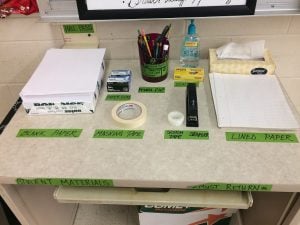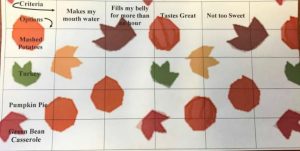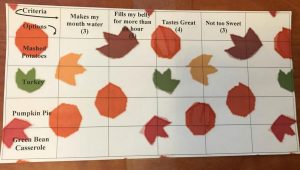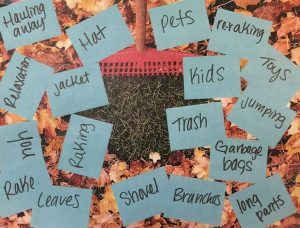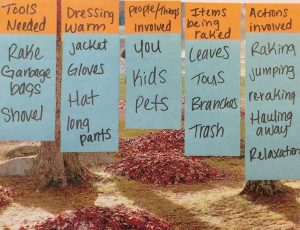We’re already into the second semester and I can’t help but wonder where the time went. I’ve recently been taking the time to reflect on my experiences as a PIC, and what that has brought to me in terms of understanding things that I wouldn’t have connected with otherwise, like Lean. Between school, multiple jobs, family, and having a social life, the past weeks have become overwhelming and at times felt impossible.
Starting my job in the Office of Continuous Improvement, I honestly did not know what to expect. I was aware of a few different common Lean tools that I had researched, but now, the pieces of the puzzle have slowly started to connect. Through my learning of Lean, I have found a few important things that I believe are helpful in understanding different aspects of Lean. Firstly, to be able to truly learn and use Lean in personal and professional settings, you have to believe in Lean and what it can do to improve your life. After being a part of the Office of Continuous Improvement for the last six months, I have been able to see the firsthand effects of what Lean has done for processes across campus. Secondly, and this may be one of the hardest things for individuals to grasp, Lean is not a sudden success. I like to think of Lean as the old fable, the tortoise and the hare. Lean is not fast moving; it is similar to the tortoise. It is a slow and steady pace while staying persistent throughout the entire process. Last (but not least), I believe that Lean is beneficial for all areas of our lives. If we limit Lean to certain area, then we are putting a restriction on what can be accomplished. Since I’ve started as a PIC, I have used a number of the Lean tools in my personal life. Unsurprisingly, they have significantly improved my productivity, and most importantly they have reduced my stress.
Becoming engulfed in the Lean culture has become a life changing experience, and for a number of reasons–all wonderful. I am grateful for everyone I have met and everything that I have learned using Lean, and I look forward to the new experiences that will come with leading a Lean lifestyle.
